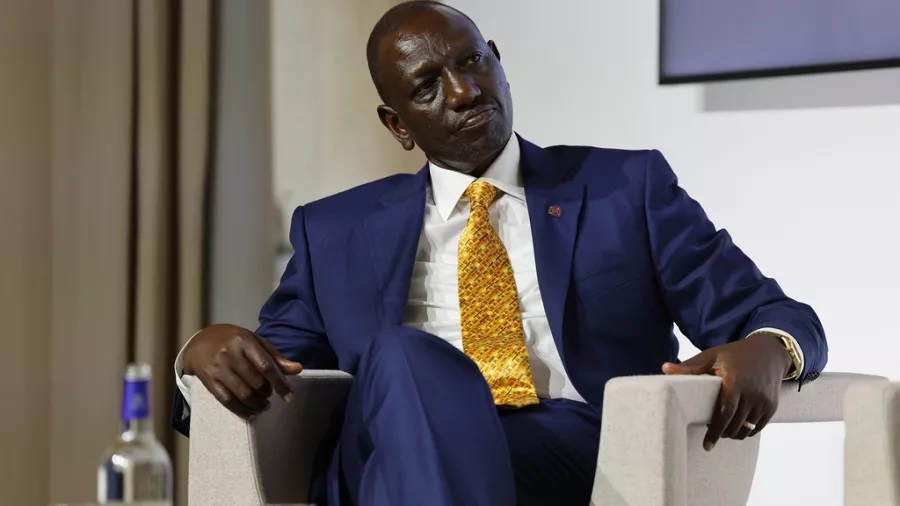The Kenya Human Rights Commission (KHRC) has sharply criticized President William Ruto’s newly unveiled framework for compensating victims of protests and riots, terming it “fatally compromised” and a potential cover-up rather than a genuine path to justice.
On August 8, President Ruto announced the creation of the compensation framework, acknowledging the deaths, injuries, and losses suffered during recent anti-government demonstrations. He noted that while the Constitution protects the right to protest, some demonstrations had escalated into violence with tragic consequences.
However, KHRC argues that the plan lacks credibility, pointing to Ruto’s earlier branding of protesters as “terrorists” and “coup plotters,” alongside his controversial shoot-to-maim orders. According to the rights body, these actions disqualify the government from overseeing a process meant to deliver justice to victims of state brutality.
“KHRC analysis finds the framework fatally compromised, with perpetrators in charge of oversight,” the commission said, demanding that the process be disbanded and handed over to independent institutions such as the Kenya National Commission on Human Rights (KNCHR) and the Independent Policing Oversight Authority (IPOA).
Alongside its rejection of the framework, KHRC issued 10 demands to President Ruto, including the immediate return of its Senior Program Advisor, Martin Mavenjina, allegedly renditioned to Uganda. It also called for Ruto to issue a public apology, the release of more than 90 detained youth activists, and an end to what it described as tech-based repression, including surveillance and media censorship.
Further, the KHRC demanded full compliance with court-ordered reparations, withdrawal of state appeals in cases of proven culpability, and fast-tracking of ongoing human rights violation cases.
The standoff underscores deepening mistrust between civil society and the state, raising doubts about whether the compensation plan can win legitimacy without broader reforms

